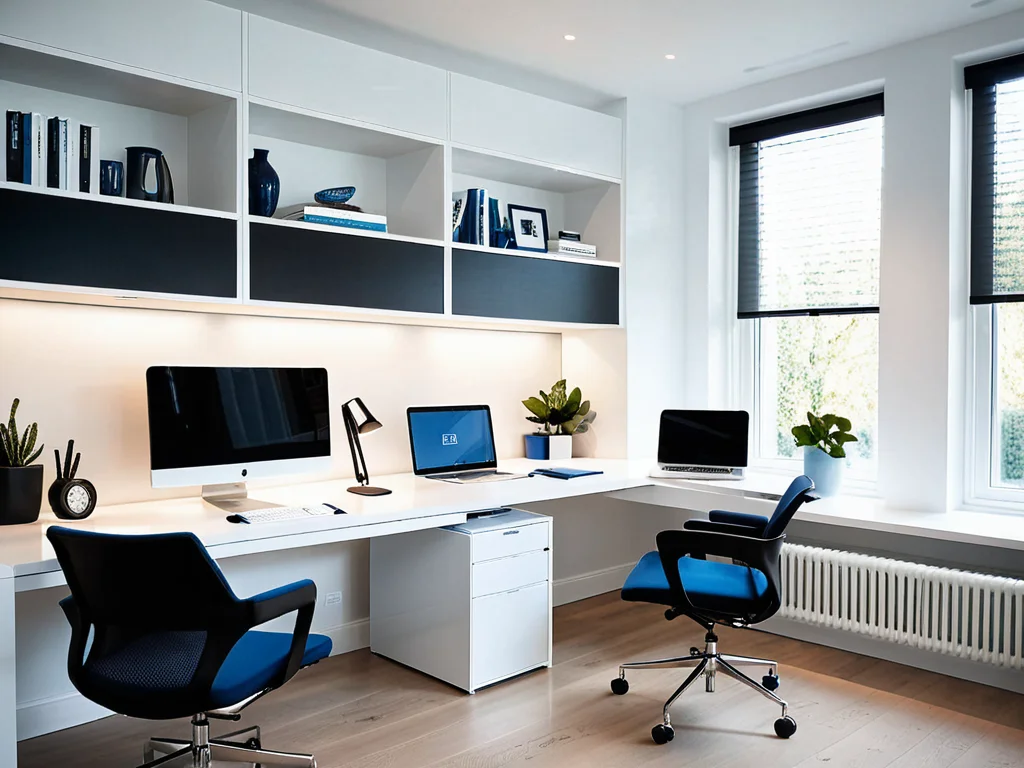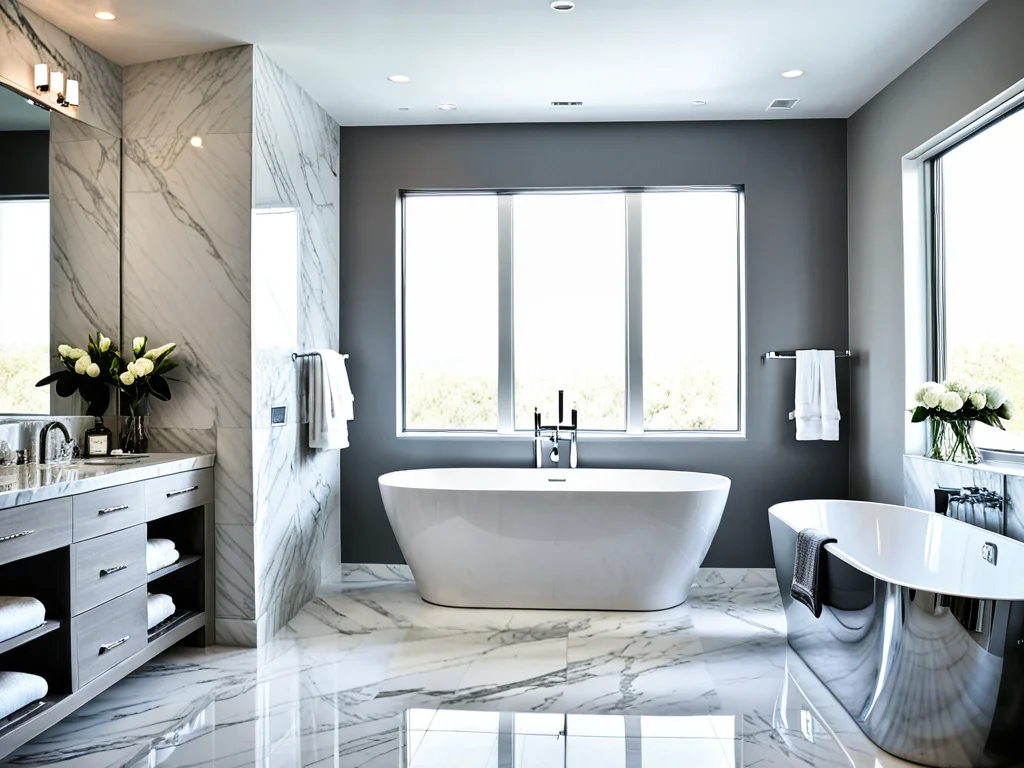Interior design is both an art and a science, requiring a careful combination of creativity, balance, and composition to crafting beautiful and inviting spaces. Whether you’re designing a small room or an entire home, there are several key considerations that can help you create a cohesive and visually appealing environment.
1. Balance:
Creating a balanced interior design requires careful attention to the distribution of elements within a space, such as color, texture, and scale. Balance can be achieved through symmetry and asymmetry, creating a sense of equilibrium and harmony. To design a balanced interior, consider the placement and size of furniture, lighting, and decor items.
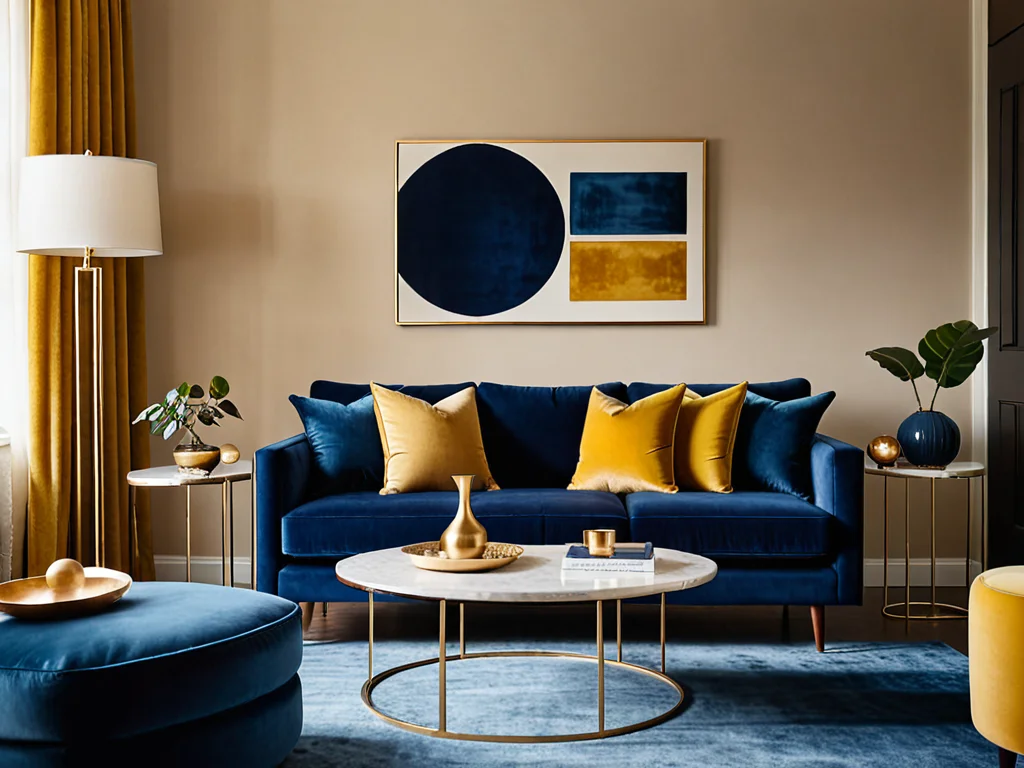
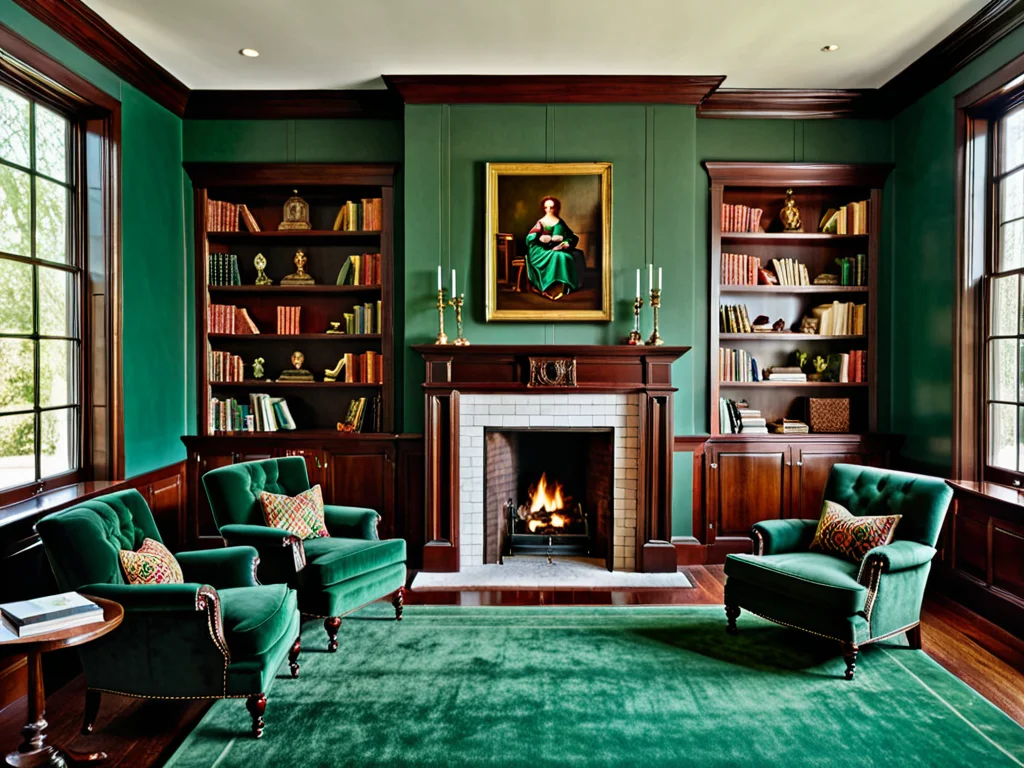
2. Harmony :
Harmony in interior design involves combining different elements in a cohesive and visually pleasing way. This includes choosing a cohesive color palette, patterns, and textures that work together to create a unified look. Use repetition, contrast, and scale to create harmony in your space.
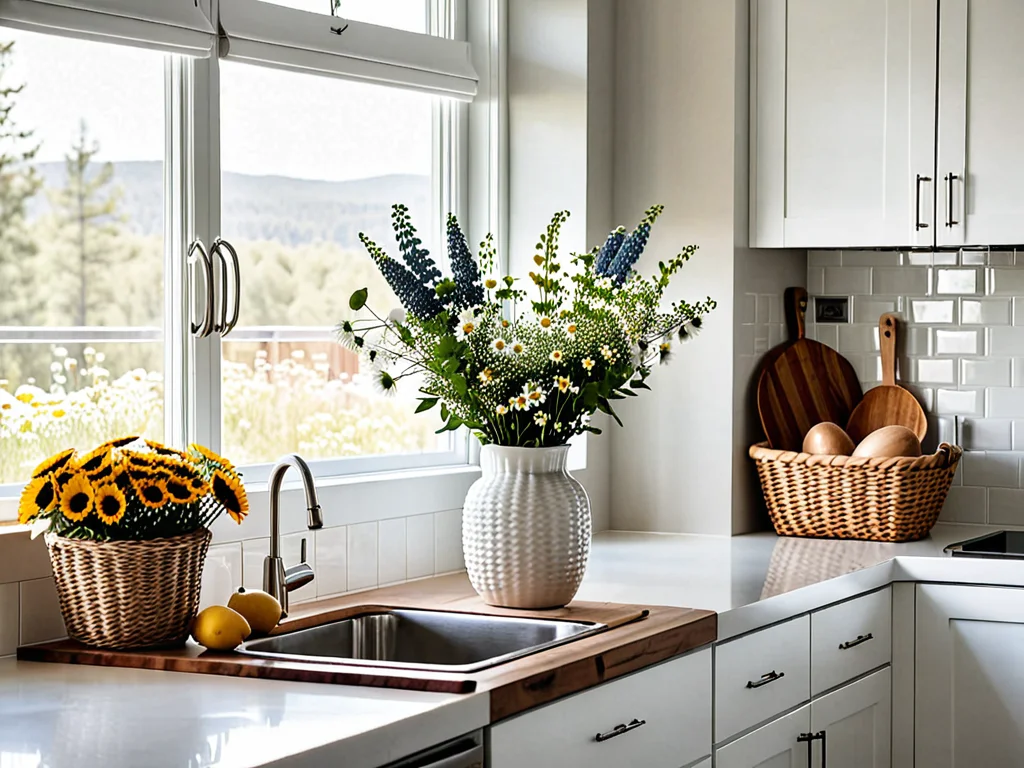
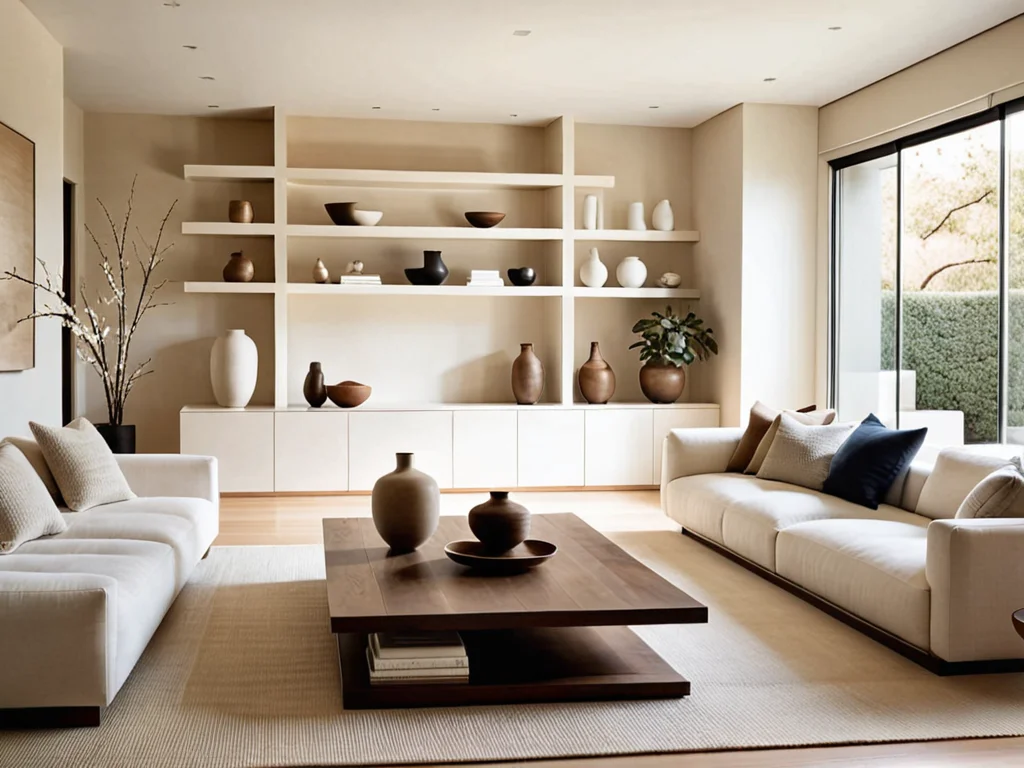
3. Contrast:
Contrast is a key element in interior design that helps to create visual interest and balance. It can be achieved through the use of contrasting colors, textures, and patterns. By creating a visual contrast between different elements, you can add depth and dimension to your space. For example, pairing a dark-colored couch with light-colored walls or using a mix of smooth and textured fabrics in a room.
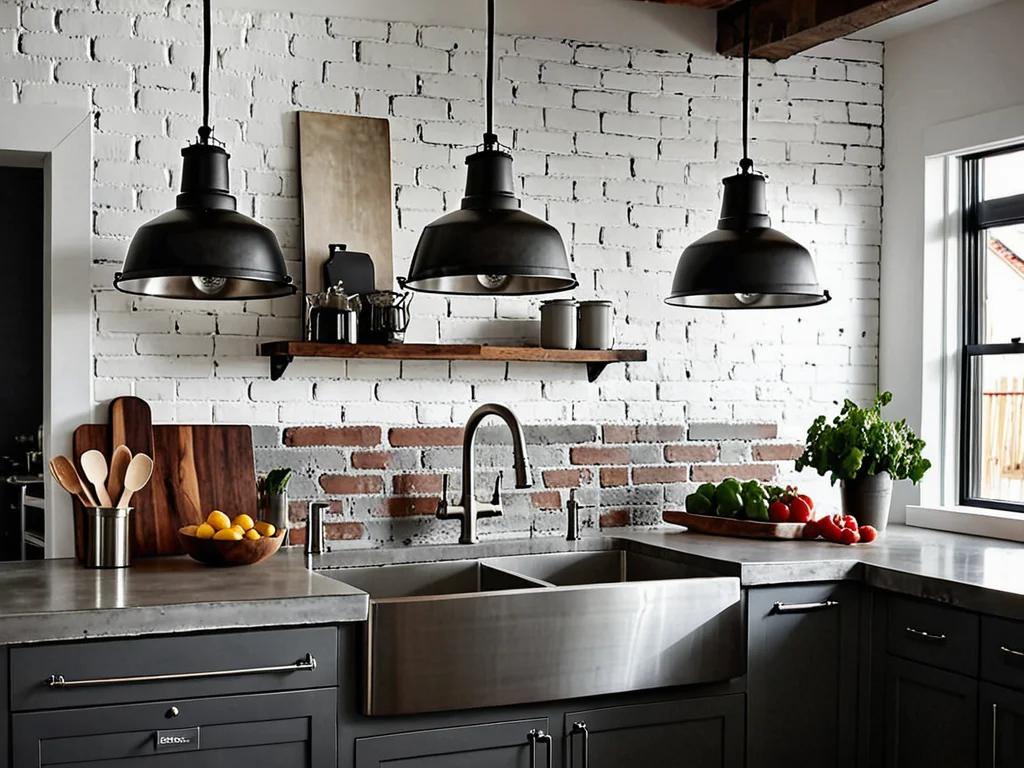
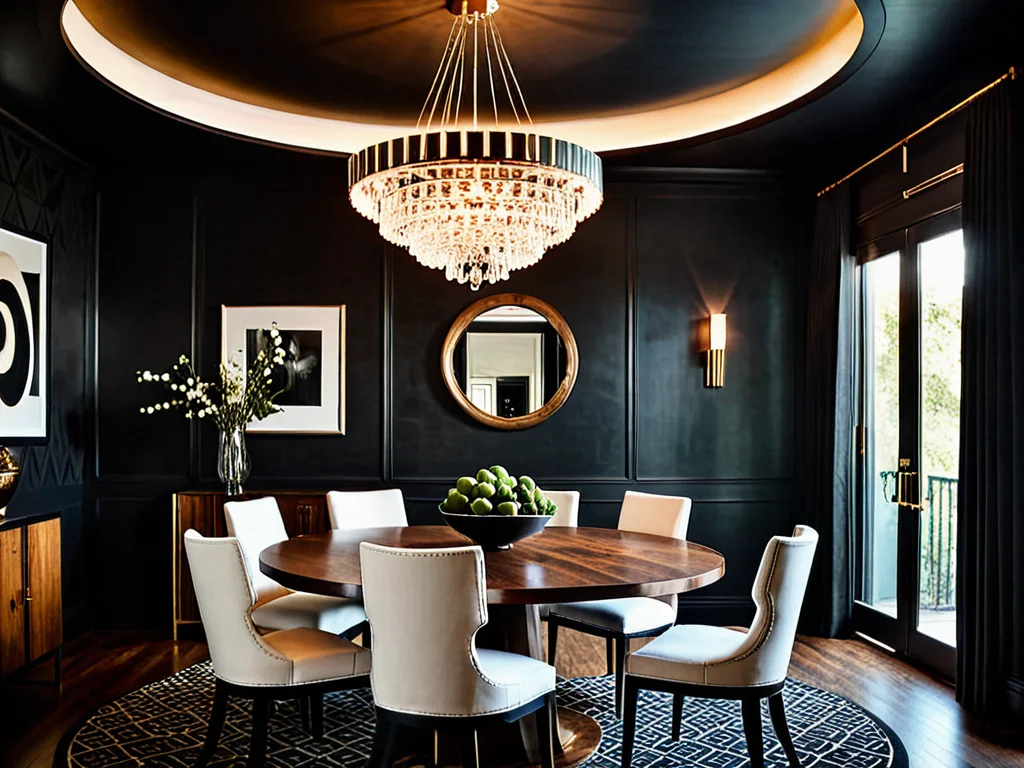
4. Emphasis:
In interior design, emphasis refers to the placement of focal points within a space that draw the eye and create visual interest.
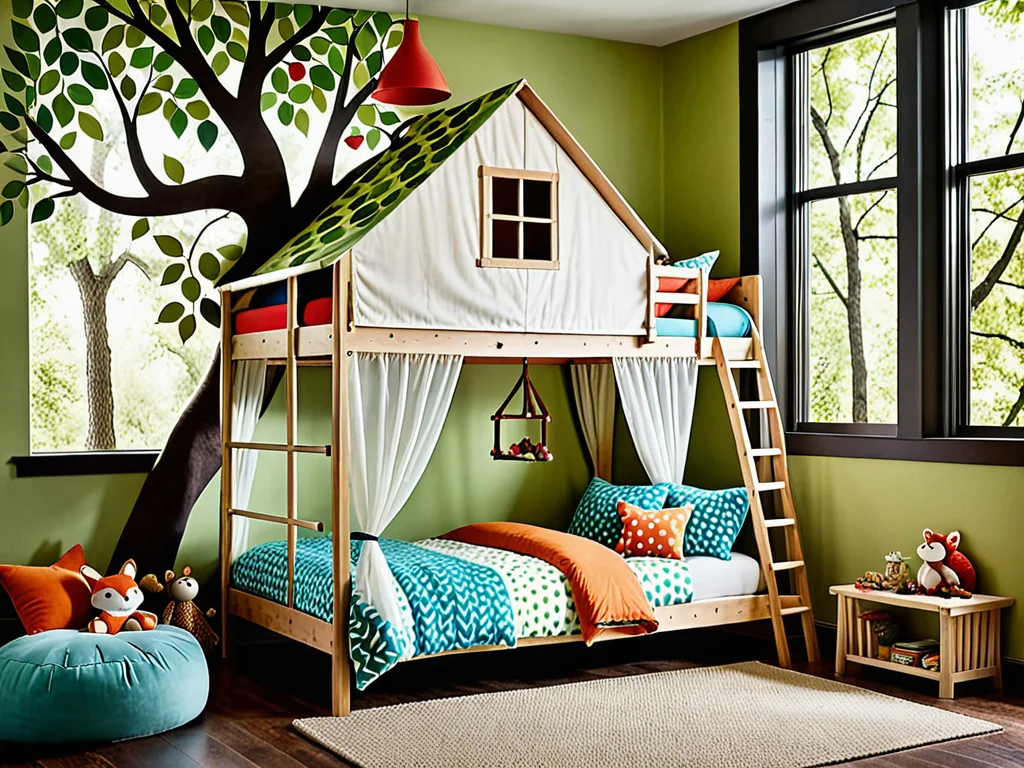
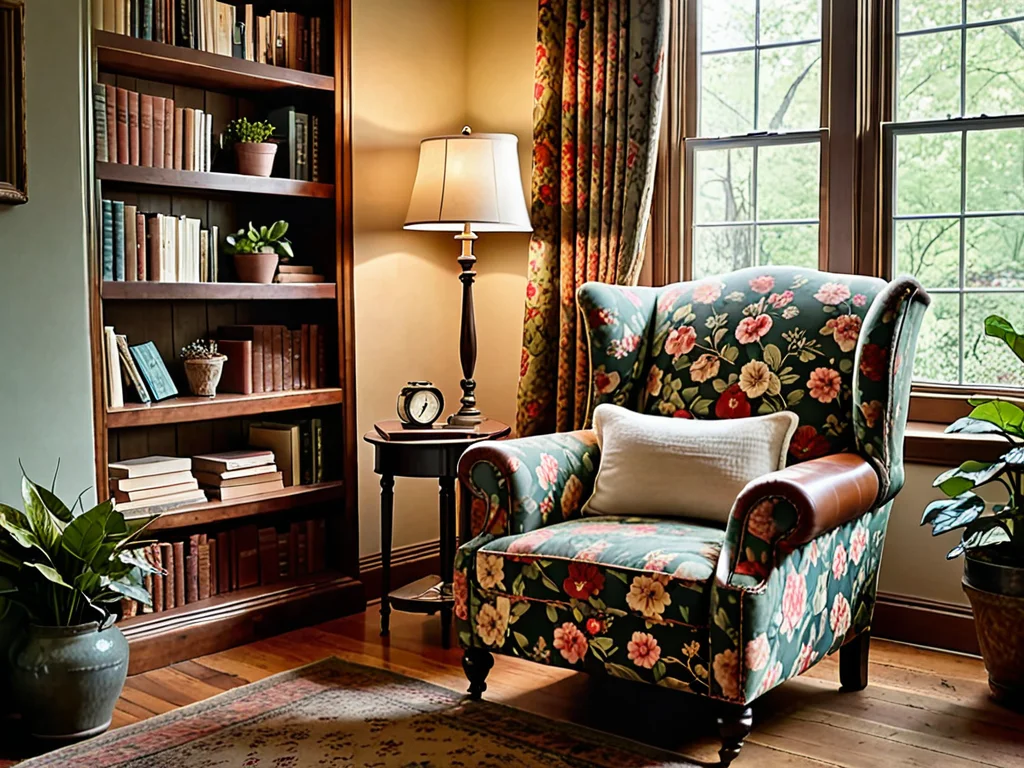
5. Proportion:
Proportion refers to the size and scale of different elements within a space compared to each other and their surroundings. To create a visually pleasing interior, it’s important to strike the right balance between the size of furniture and decor items, the height of ceilings, and the size of the room itself. Paying attention to proportion helps to create a sense of harmony and balance.
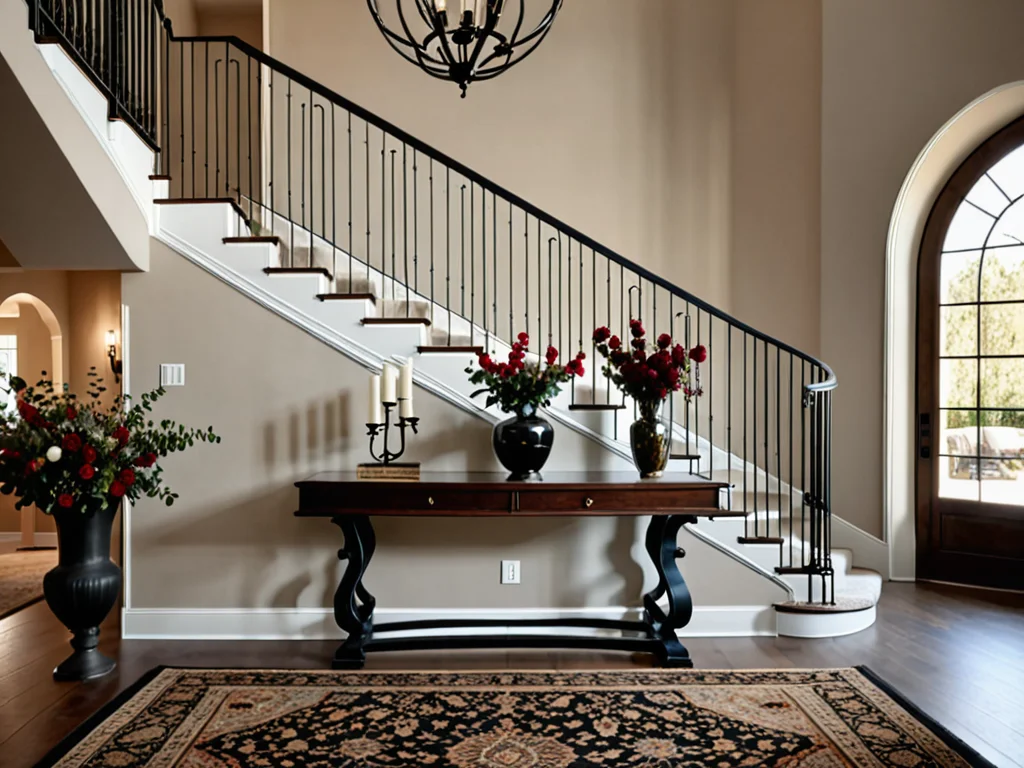
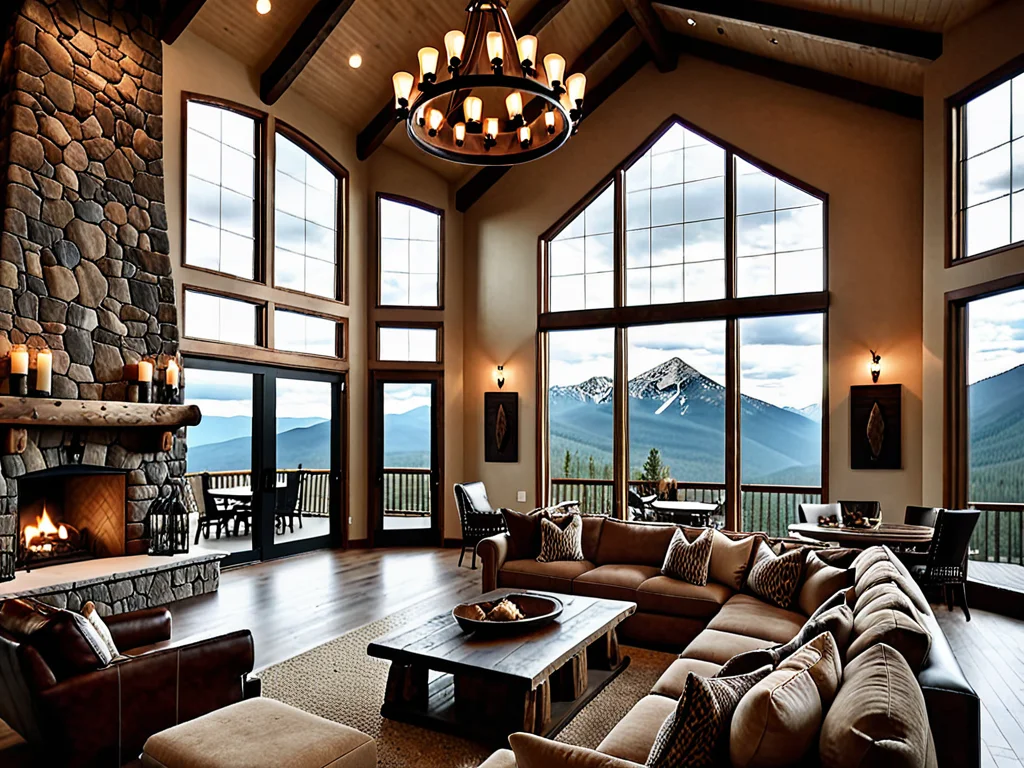
6. Rhythm:
In interior design, rhythm refers to the repetition of elements such as colors, patterns, or shapes within a space. This repetition creates a sense of flow and movement, helping to unify the design.
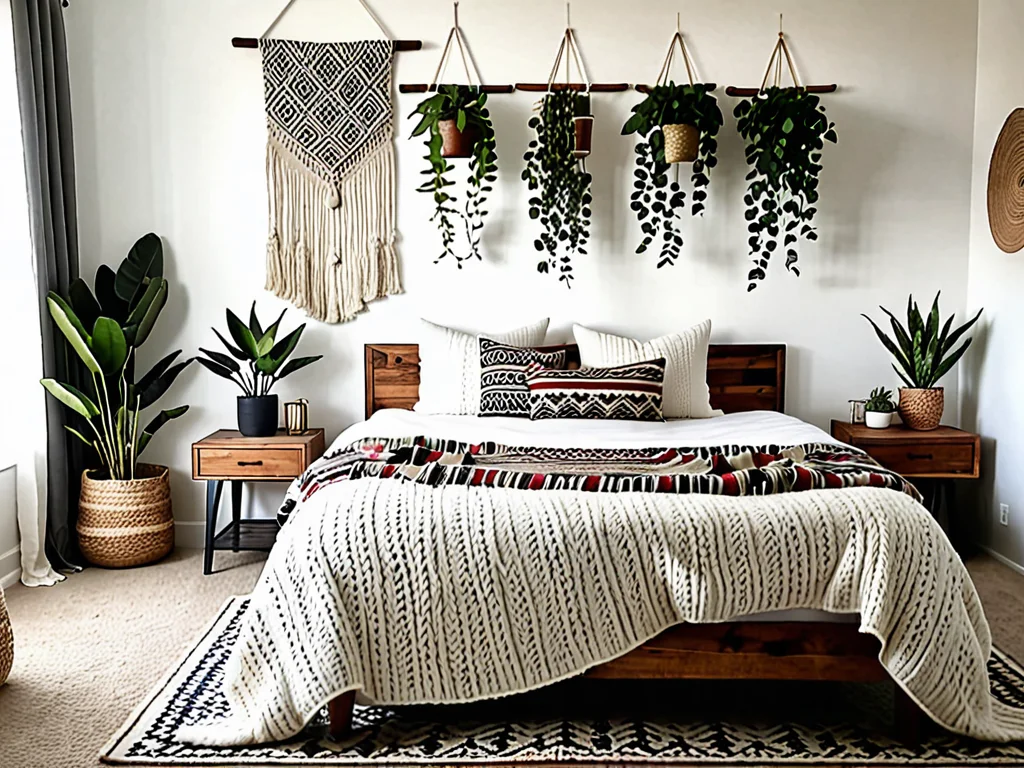
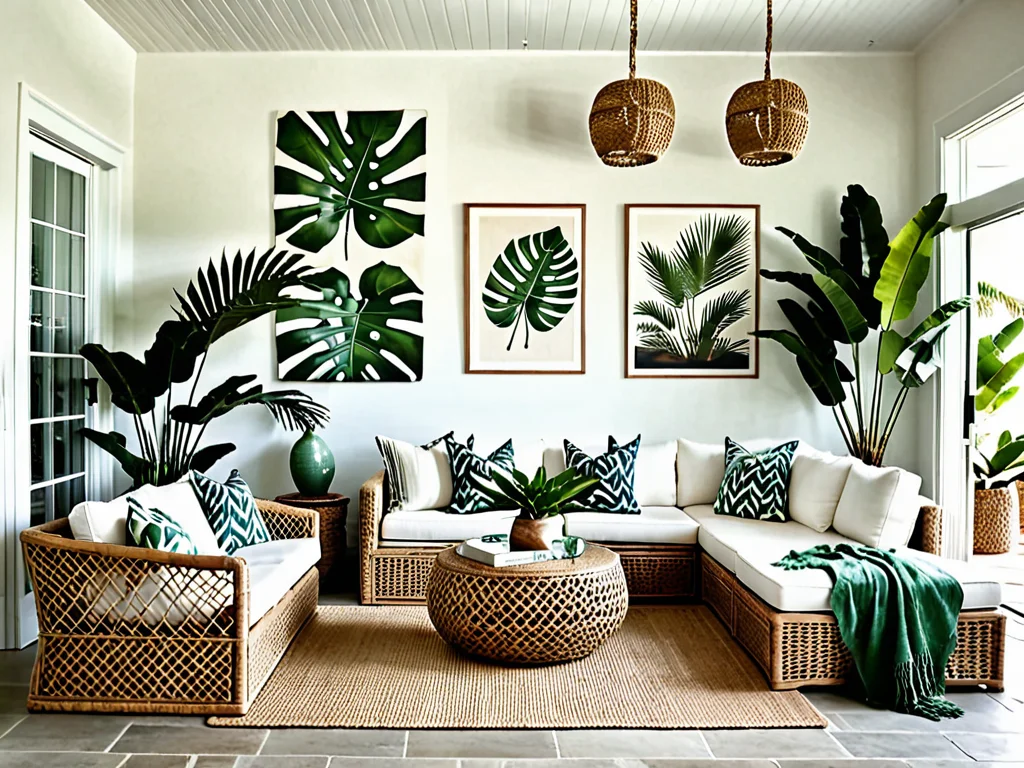
7. Unity:
Unity is a key concept in interior design that refers to the cohesiveness of the overall design. When all elements within a space are combined in a cohesive way, the result is a space that feels unified and harmonious. To achieve unity in your interior design, focus on creating a cohesive color palette, using similar shapes and lines, and repeating patterns and textures throughout the space.
